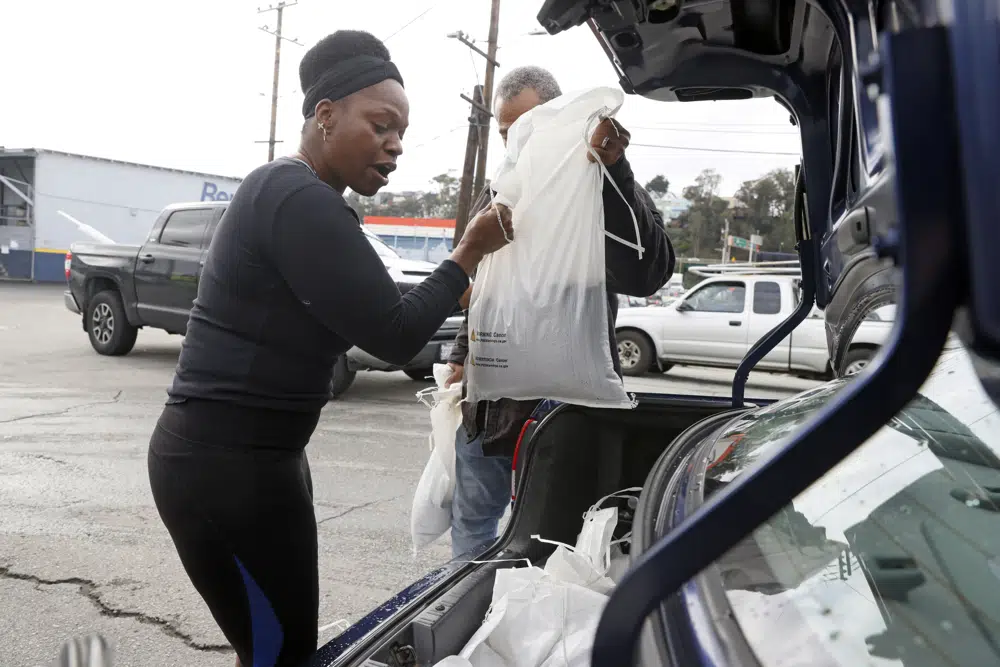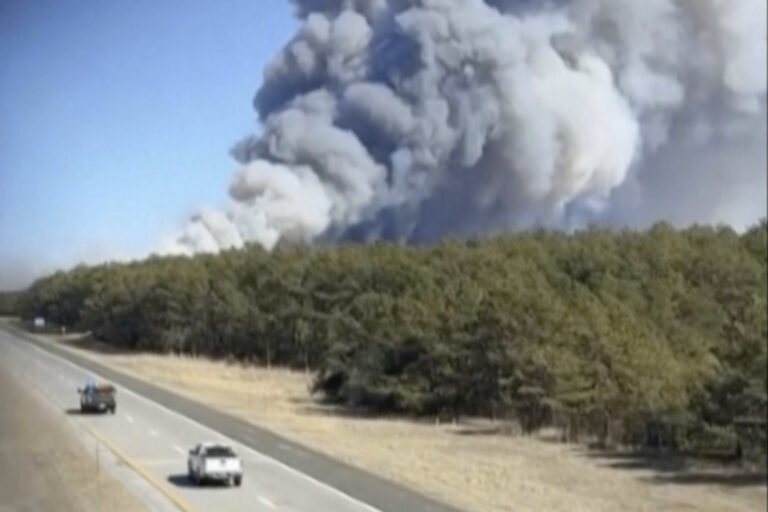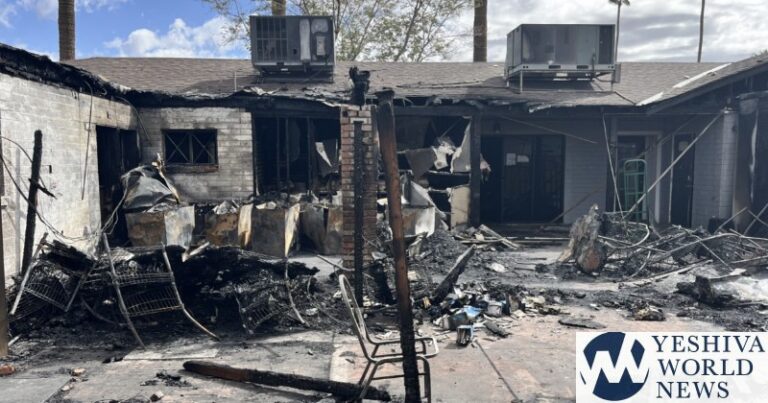A major winter storm approached California on Wednesday causing crews to rush to clear storm drains in preparation for flooding and strong winds, as parts of the Midwest dealt with snow, ice or tornadoes, and the South recovered from severe weather overnight.
California officials asked drivers to stay off the roads unless absolutely necessary and stay informed by signing up for updates from emergency officials for notices on downed trees and power lines, and flooding.
“We anticipate that this may be one of the most challenging and impactful series of storms to touch down in California in the last five years,” said Nancy Ward, the new director of the California Governor’s Office of Emergency Services.
The storm arriving later Wednesday is one of three so-called atmospheric river storms in the last week to reach the drought-stricken state. Trees are already stressed due to three years with limited precipitation. Now, suddenly saturated ground and heavy wind mean they’re more likely to fall over, possibly knocking down power lines or creating flood hazards, said Karla Nemeth, director of the state’s Department of Water Resources.
“We are in the middle of a flood emergency and also in the middle of a drought emergency,” she said during an emergency briefing.
In the San Francisco Bay Area, 8,500 sandbags distributed by officials weren’t enough to reach demand as forecasters warned of imminent flooding. The South San Francisco Unified School District announced classes for its 8,000 students would be canceled Thursday “out of an abundance of caution.”
The rain led to the cancellation of more than 60 flights at the San Francisco International Airport and delays of another 70, said Doug Yakel, an airport spokesman.
Heavy downpours accompanied by winds with gusts of up to 60 mph (96 kph) were expected later Wednesday and through Thursday and could cause flooding, downed trees and power outages, making driving conditions difficult, the National Weather Service said.
The storm comes days after a New Year’s Eve downpour led to the evacuations of people in rural Northern California communities and the rescue of several motorists from flooded roads. A few levees south of Sacramento were damaged, increasing flooding in the mostly rural area.
A Dec. 27 storm brought powerful winds, rain and snow to the state, substantially lowering temperatures that topped 80 degrees (26.6 Celsius) in some areas over Christmas. It was the first storm in a series of downpours forecast through next week.
“Excessive rainfall over already saturated soils will result in rapid rises on creeks, streams and rivers as well as flooding in urban areas,” forecasters said in a report.
Robert O’Neill, an insurance broker who lives and works just south of San Francisco, said he lined up to get sandbags for his garage and for a co-worker’s home to prepare for the storm.
As president of Town & Country Insurance Services, he gave employees the option of working from home Wednesday, which many did, he said. He plans to leave the office early and head home where he has go-bags packed with clothes, medicine, electronic chargers and important papers. He has three days’ worth of water and nuts, protein bars, and sleeping bags.
“We’re in a big city, so we wouldn’t be too stranded too long, but you never know,” he said. “It doesn’t make sense not to be prepared.”
The storms in California still aren’t enough to officially end the drought, now entering its fourth year. The U.S. Drought Monitor showed that most of the state is in severe to extreme drought.
In the Midwest, ice and heavy snow has taken a toll this week.
A Delta jet went off an icy taxiway after landing in a snowstorm in Minneapolis on Tuesday but no passengers were injured, the airline said. The flight from Los Cabos, Mexico, had landed safely, but then the nose gear of the plane “exited the taxiway while turning toward the gate due to icy conditions,” Delta Airlines said.
It took about an hour to get the 147 passengers off the plane and bused to the terminal, said Jeff Lea, a spokesman for the Metropolitan Airports Commission.
The airport had received 10 inches (25 centimeters) of snow as of 6 a.m. Wednesday, the National Weather Service said. Another 3 to 5 inches (7 to 12 centimeters) was possible. Multiple schools were closed Wednesday in Minnesota and western Wisconsin as steady snow fell in the region.
North of the Twin Cities, three passengers suffered noncritical injuries when a bus overturned on a snowy interstate Tuesday. Jefferson Lines spokesman Kevin Pursey told the Star Tribune that the bus, traveling from Duluth-to-Minneapolis, tipped over on Interstate 35 after the driver made a maneuver to avoid hitting a vehicle that had stopped quickly. The eight passengers and the driver exited through escape hatches on the roof.
To the south, a possible tornado damaged homes, downed trees and flipped a vehicle on its side in Montgomery, Alabama, early Wednesday. Christina Thornton, director of the Montgomery Emergency Management Agency, said radar indicated a possible, but unconfirmed, tornado. The storm had extremely high winds and moved through the area before dawn, she said.
Severe weather that swept Illinois on Tuesday produced at least six tornadoes, the largest number of rare January tornadoes recorded in the state since 1989, the National Weather Service said.
Five of the tornadoes occurred in central Illinois in or around the city of Decatur, while the sixth touched down near the Ford County community of Gibson City, the weather service said Wednesday.
Staff from the agency’s Chicago office planned to survey storm damage Wednesday in the Gibson City area, where at least two homesteads suffered damage and power lines were knocked down.
(AP)











